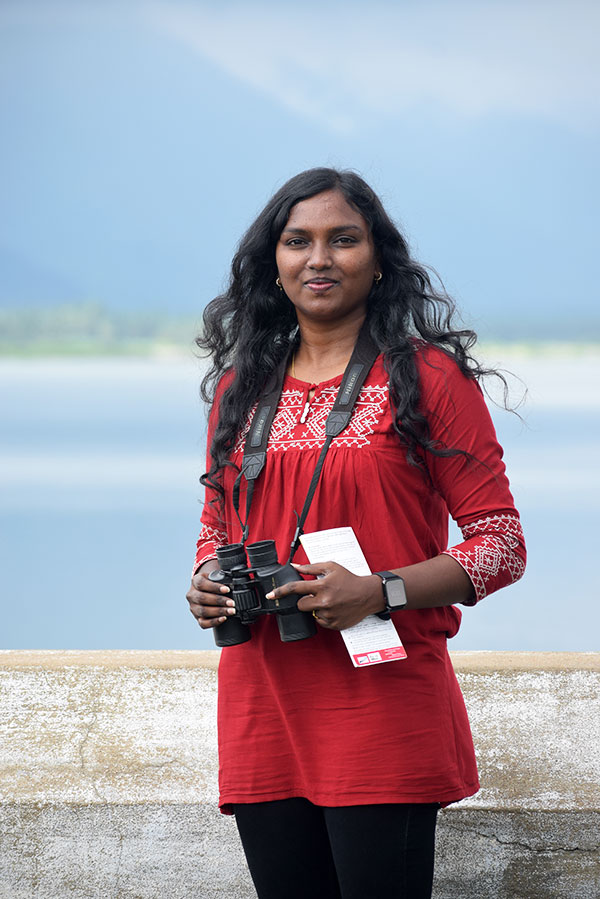
My journey into photography began unexpectedly when my father gave me a special camera as a gift after I finished my studies in Civil Structural Engineering. This new hobby let me be creative and explore the world through my camera lens. Even though my family had some rules about where I could go, I set myself a goal: to take pictures of birds flying and document the different birds I could find around my home. Surprisingly, within just six months, I had listed all the common birds in my area on a global website called Ebird, making me the first person in my district to achieve this.
This achievement made me feel responsible and curious, inspiring me to learn more about the many types of birds living in my district. I wanted to go beyond my usual boundaries and explore, so despite the restrictions, I started my quest to observe and photograph various bird species. This led me to the Gomuki Dam, a place about 13 kilometers away from my home, surrounded by forests and home to many different bird species, especially those that depended on its wetlands. It quickly became a favorite spot for me to capture water birds like herons, egrets, and storks.
During my journey, I noticed that the number of birds visiting certain spots decreased every year during specific times. This made me wonder why. Investigating further, I found that people were dumping a lot of trash, like plastic bottles and bags, near the wetlands. This was harming the soil and making it hard for trees and plants to grow. Also, there were a lot of trees being cut down and not enough new ones being planted, which meant the birds were losing their homes.
Realizing the threats birds face through my photography, I felt a strong urge to raise awareness and take action for the environment. In 2021, while working as a professor at an Engineering College, I used my bird pictures to teach students about how vital birds are for the environment. I joined hands with the Forest Department to clean up Gomuki Dam and its surroundings. Although my college students didn’t show much interest, this experience taught me the importance of educating young minds about caring for the environment.
So, armed with printed photos of birds and their habitats, I started visiting public schools and talking to over 5000 students in about 30 schools. I didn’t just focus on the beauty of birds; I also spoke about the harm caused by plastic pollution, the need to plant more trees, protect wetlands, and take care of our diverse environment. Through these efforts, I hope to inspire a new generation that values and protects our natural world for a sustainable future.